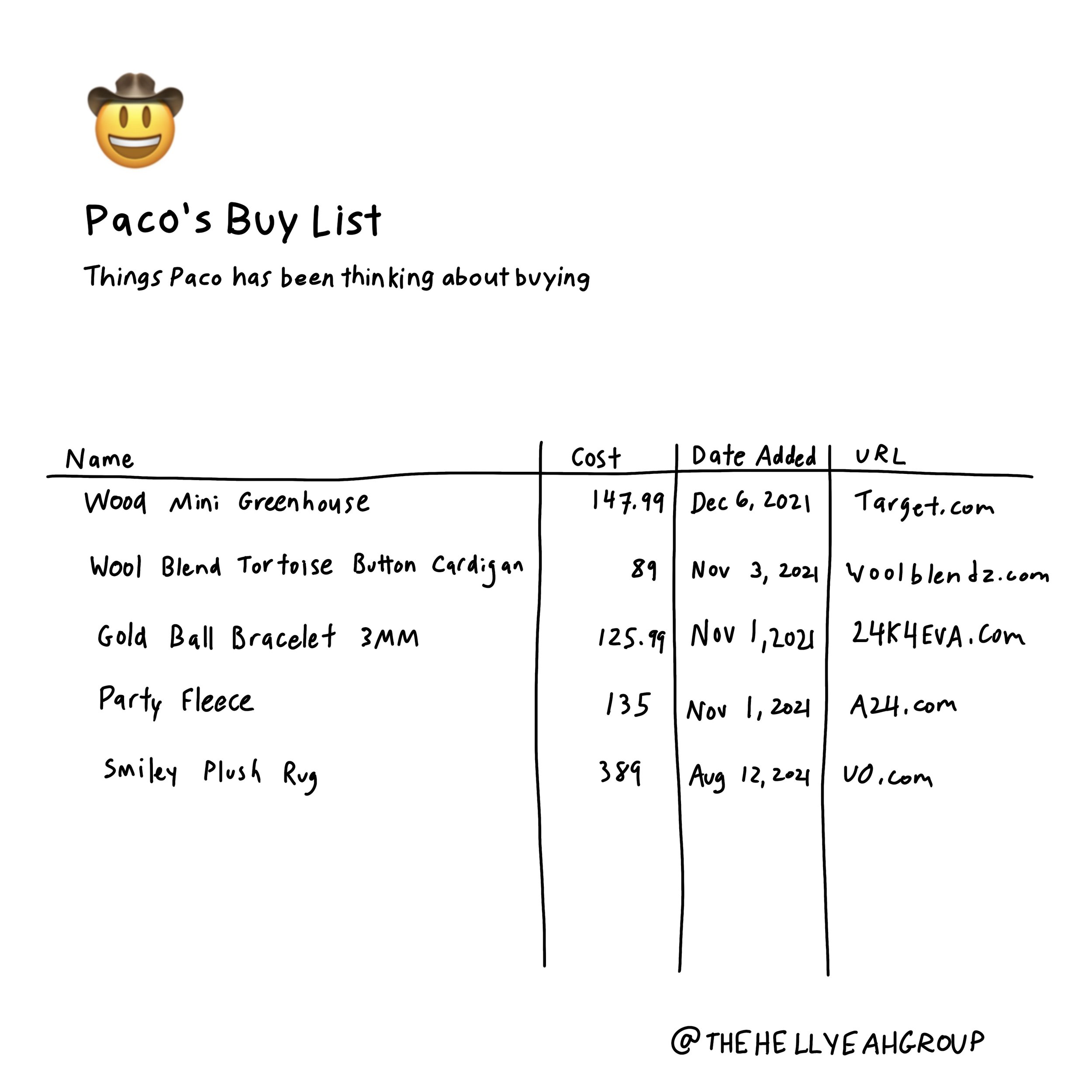I went to hang out with a friend and outside of her apartment, I found an Amazon package that I picked up and brought in with me. She said she didn’t remember what she bought. That’s part of the horror of online shopping; the ability to purchase so cheaply and frequently that you lose track of your purchases. But that’s also the beauty of it - it’s a two-for-one when it comes to pleasure and dopamine. You get the first dose doing the shopping and the next when the package arrives and you anticipate what’s inside.
Dopamine is a neurotransmitter responsible for transmitting signals between the nerve cells of the brain. It directly impacts our central nervous system and plays a significant role in the body. While many of us have come to believe that dopamine is involved in rewards, it’s important to understand that it’s also involved in the pursuit of rewards. Some researchers argue that dopamine when acting within what has become known as the brain’s reward system, signals desire.
The term, “hedonic treadmill” was coined by psychologists Phillip Brickman and Campell in their 1971 paper titled “Hedonic Relativism and Planning the Good Society”. In their paper, they explain the tendency humans have to return a baseline level of happiness. Despite negative events in our lives, like loss or positive ones, like landing a new job, humans may have a spike or dip in happiness, but we have the tendency to return to a baseline level of happiness – or at least very close to it.
In 1978, Brickman went on to do another study with two other psychologits to demonstrate this phenomenon even further. They compared happiness between a control group, lottery winners, and parapalegics. This pairing seems odd, absurd, and cruel. But the group of psychologists proved, according to their measures of what happiness was, that the lottery winners were not substantially happier than the control group and accdient victims were not substaintially less happy than the control group. Both groups tended to move back to their baseline happiness.
So when we want to purchase something, as we begin to do the research on this new thing and anticipate actually buying it, we begin to feel happy because of dopamine. This feeling of anticipation surely wears off after months pass where we own the object of our desire. And we search and long for another item to covet where we’ll repeat this entire process again. This is hedonic adaption.
When I learned about how all of this stuff worked, I felt like I had been tricking myself for years. I had been stepping onto the treadmill without even knowing it. I wondered if there was a way to leverage this quirk and to trick my brain into thinking I was on the treadmill without ever opening up my wallet. This is where I came up with the stupidly simple idea of creating a “buy list.”
What’s a buy list?
A buy list is exactly what it sounds like. It’s a list you make of the things you want to buy, but don’t necessarily need. Keeping the list is a way to get the dopamine rush of researching and anticipating the purchase. For example, you’re scrolling through Instagram and since the algorithm knows you better than yourself, you get served an ad for a pair of shoes that you really want but you don’t need. Add the shoes to your buy list and wait. You can spend time researching the thing you want to buy, go in on the details. Spend time making your buy list handsome and tend to it. All of this will feel like you’re making progress to get the thing you desire, which will give you that dopamine rush without having to make the purchase.
Lastly, make a rule for how long you’ll keep something on your list before you’ll buy it. 24 hours is a good minimum, but longer works too. When enough time has passed, you can revisit your buy list to evaluate whether or not you really want to make a purchase or if you were just sauntering on the hedonic treadmill.
What kinds of things go on your buy list?
Things that are advertised to me through social media definitely go on the list and anything that I don’t need that would take up a lot of space or time and energy to get rid of. For me, the list is not about enforcing a scarcity mindset. It’s about feeling like I’m making conscious, rational spending decisions and not falling victim to advertising and marketing manipulation. It’s a small way to exercise agency and autonomy.

